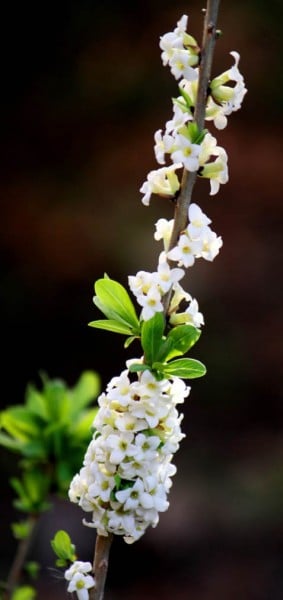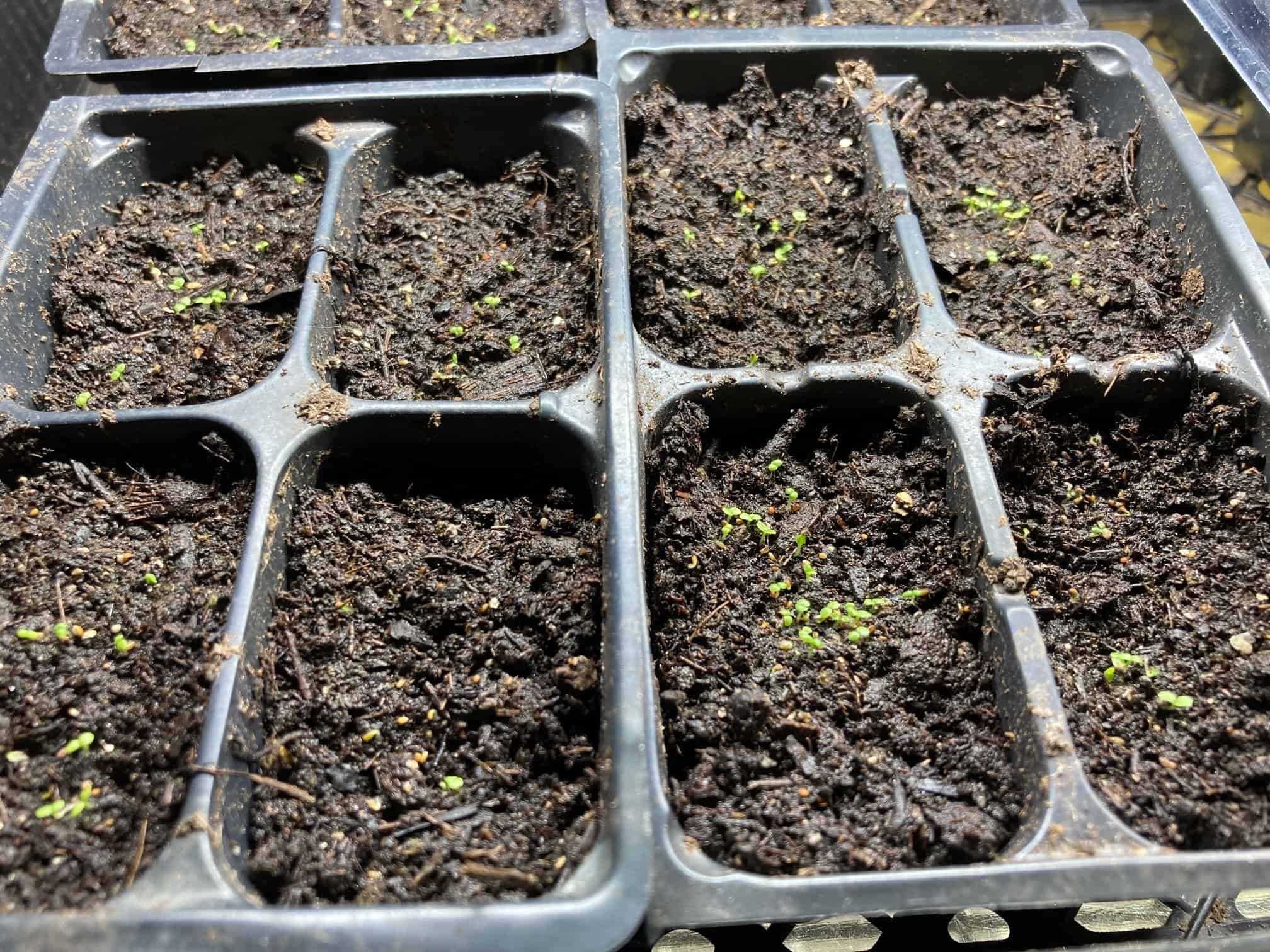The beauty of gardening is that it engages all five of our senses: the sight of a cheerful sunflower; the taste of a homegrown tomato; the touch of velvety lamb’s-ears; the sound of rustling fall leaves; and, perhaps the most evocative of all our senses because scent is closely linked to memory, the heady fragrance of a lily or lilac. Scented plants in a garden are treasured.
Richly fragrant winter daphne (Daphne mezereum) are native to China and Japan with clusters of small lilac or white flowers. They make a wonderful specimen plant (meaning just one will make an impact) next to a path or near the front door where their scent can be appreciated.

Sometimes called February daphne, winter daphne is usually labelled as hardy to Zone 5, but in a sheltered location, it may survive in a colder zone. Occasionally, after several years of good health, a daphne will suddenly die, according to pre-eminent woody plant expert Michael Dirr. (I can attest to that.) “No one has a good explanation for the whims of Daphne, however, there is a lethal virus [that] could explain its sudden failings,” he writes.
Despite this shortcoming, the shrub is a delight with its small shiny leaves and tidy, mounding shape. And that fragrance! It’s worth having, regardless of its capriciousness.
“Appreciating February Daphnes” provides more insight into growing these gems, including how to propagate them from seed.
Unfortunately, daphnes aren’t always easy to find, and writing about them here is a double-edged sword. It’s frustrating not being able to find what you want, but it also seems a shame not to mention a worthy shrub, tree or perennial simply because it’s not always available. If you’re interested in growing daphne, try contacting your local nursery to see if they can bring one in for you.
Lettuce lessons
Leaf lettuce isn’t that difficult to grow. Germination is fast, and several slow-bolting varieties have been developed for our increasingly warmer summers. Except for rabbits, it’s generally pest-free. But if you want to learn more, here’s a deep-dive into lettuce growing by Joe Lamp’l with harvesting tips and recommended varieties.
Those selfish roots
Scientists studying root competition (“How Selfish Are Plants?”) borrowed a few tools from game theory (i.e., how decisions are made) to explain why plants growing close together make more roots than a plant growing alone, but get fewer rewards for their efforts. It’s a bit of nerdy science, but their insights may lead to breeding some of the competitiveness out of particular plants to improve yields in agriculture. Putting more energy into making fruits, rather than roots, could be a game-changer for farmers.
Seed labels explained
If the labels F1, OP, heirloom and hybrid used to describe seed are puzzling to you, this glossary at SeedChange is helpful. If you’re looking for seeds local to your area, there is a list broken down by province here.
Founded in 1945, SeedChange (formerly USC Canada) is a non-profit organization in Ottawa that works with farmers around the world to help them grow healthy food, focussing on using local seed.

It never gets old
Germinating seed still seems miraculous, no many how many times I witness it. These are the tiny green specks of yellow foxglove (Digitalis lutea), emerging after sowing them a week ago. Yes, I seeded them too thickly, poor things.
